Hengoed Viaduct
Hengoed Viaduct
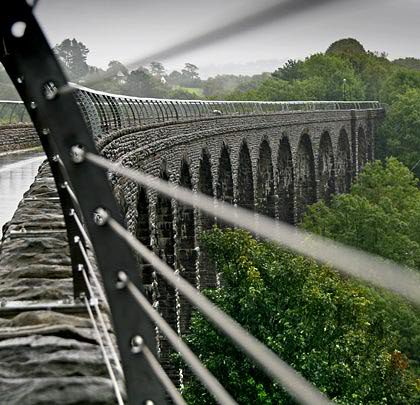
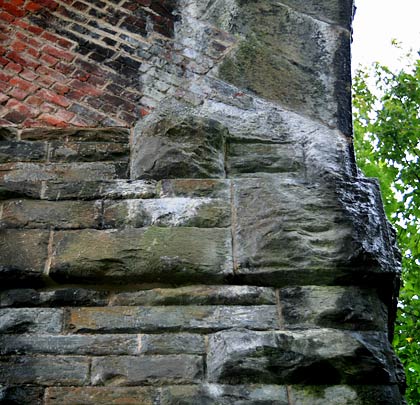
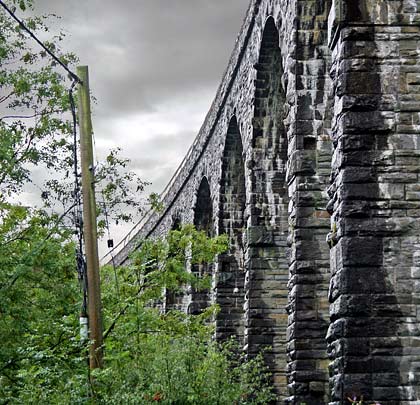
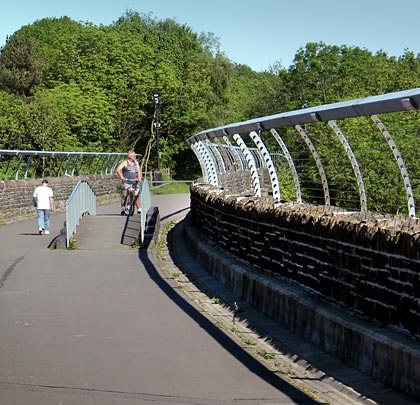
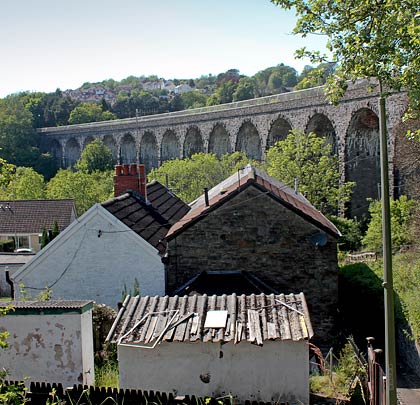
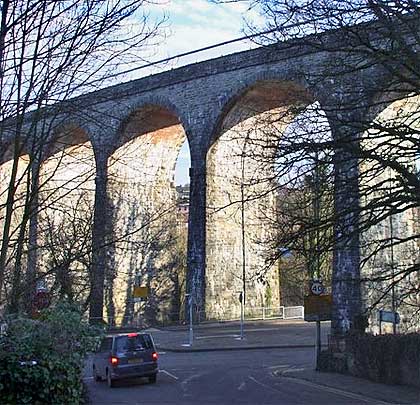
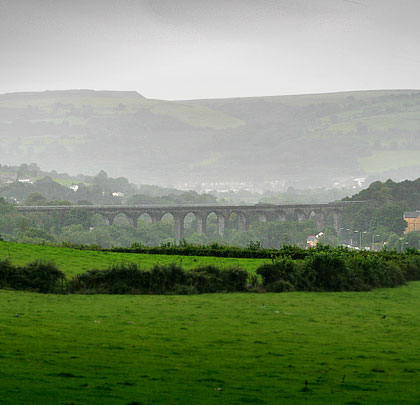
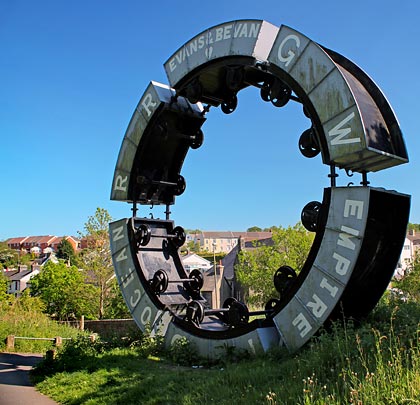
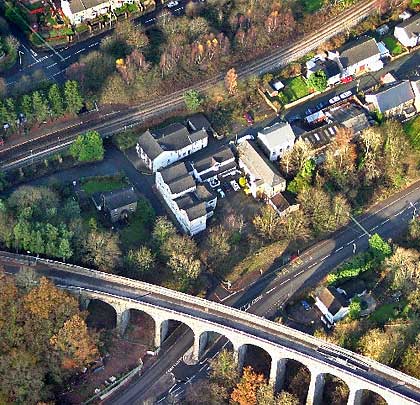









During the Industrial Revolution, the Taff Vale Railway monopolised the movement of South Wales’ coal to Cardiff Docks, leaving mine owners devoid of the competition that would bring lower costs, better transit times and new markets.
The London & North Western Railway had developed a route into the industrialised conurbations of the West Midlands and North-West England, allowing the shipment of goods from Pontypool and the Ebbw Valley via Hereford. But access to the coalfields of the Rhymney and Rhondda valleys was restricted and circuitous, relying on the Great Western and TVR.
In August 1846 Parliamentary approval was sought for the Taff Vale Extension, connecting Pontypool with the TVR/GWR network at Quakers Yard, thus providing the L&NW – the scheme’s sponsors – with direct access under its control. The route demanded two significant structures: Crumlin Viaduct across the Ebbw River and Hengoed Viaduct, five miles further west over the Rhymney.
Construction was undertaken by the Newport Abergavenny & Hereford Railway under its chief engineer Charles Liddell. Thomas W Kennard, a Scot, won the design contract; Messrs Rennie and Logan were engaged as contractors. Whilst Crumlin would involve iron trestles, Hengoed was to be stone built. As well as the river, it would eventually span both the Brecon & Merthyr and low-level Rhymney lines.
Work got underway in 1853 with the establishment of a quarry above Maesycwmmer. Accommodation was erected nearby for the navvies, one of whom suffered fatal injuries during construction. Costing around £20,000, the viaduct welcomed its first commercial traffic on 11th January 1858.
Measuring 284 yards in length, it comprises 16 arches 40 feet in span, the easternmost being skewed over the long-gone B&M. The soffits are brick; stone was used for the spandrels and parapets. The tapered piers, also in stone, are 5 feet 6 inches wide at springing level and 10 feet wide at their base. The foundations are 40 feet across. At its highest point, the deck stands 120 feet above the river.
The section of line over Crumlin Viaduct was singled in 1928/9 to ease the restrictions imposed by the introduction of heavier locomotives. Much of the Taff Vale Extension closed on 15th June 1964 – including the section over Hengoed Viaduct – but others parts remained open for mineral traffic long after this date.
Since July 1980, the structure has enjoyed the protection of a Grade II* listing. Its ownership was transferred to Railway Paths Ltd for a sum of £1, prompting its integration into the National Cycle Network in 2000 as part of the Celtic Trail.
In April 2004, the Heritage Lottery Fund made a grant of £870,000 towards a programme of repairs and repointing. Public access and safety has also been improved, with the installation of new fencing, viewing platforms and lighting. Known as the ‘Wheel o Drams’, a sculpture by Andy Hazell now stands at the viaduct’s east end – an unusual work formed from six mining wagons arranged in a circle, commemorating the industrial history of the South Wales valleys.
(John Lord and Phil Matthews’ photos are taken from Geograph and used under this Creative Commons licence.)







